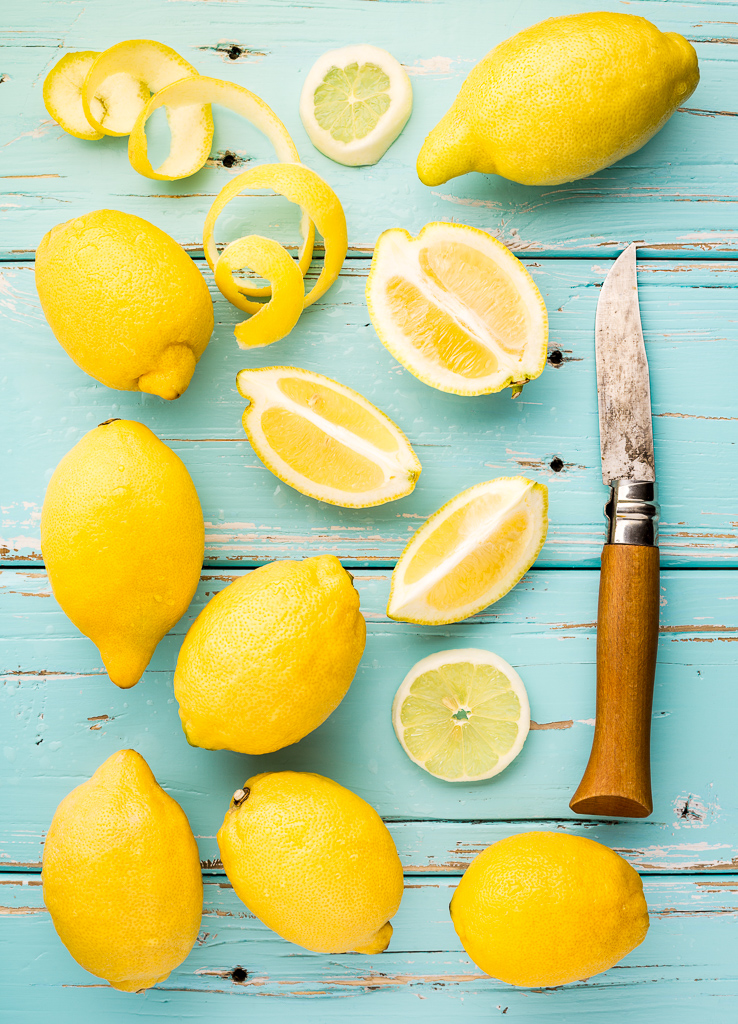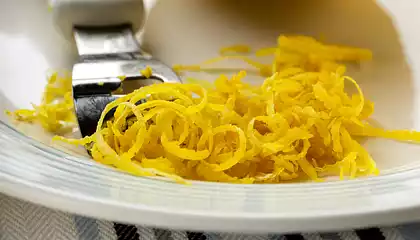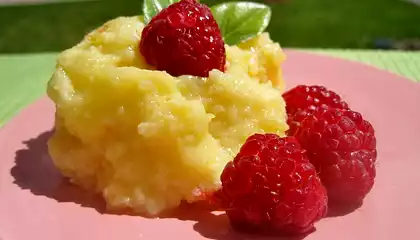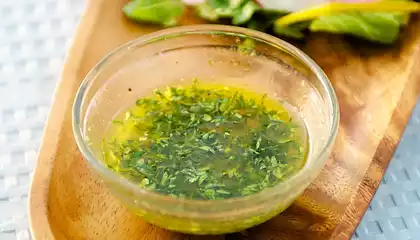When Life Gives you Lemons...

Where and when the lemon became popular in various parts of the globe is a controversial topic. While researching this article, I discovered that agreement amongst sources was, well, the
Contents
Where and when the lemon became popular in various parts of the globe is a controversial topic. While researching this article, I discovered that agreement amongst sources was, well, the pits.
Depending on whom you ask the lemon originated in India, China, or Southeast Asia. From there it made its way to the Middle East, Europe, and eventually America but diversity of opinion exists as to the timeline as well.
We do know that Christopher Columbus brought lemon seeds to the New World as did other Europeans. America now produces one quarter of the world's lemons, most of which are grown in California.
The Meyer lemon, (an orange-lemon hybrid), has a more certain lineage. It was imported to America from China by its namesake Frank N. Meyer in 1908. Meyer lemons are sweeter and less acidic than their traditional counterparts.
Availability
Lemons are available year round with a peak season in the summer. Choose specimens that are firm, smooth, brightly colored, heavy for their size, and devoid of any blemishes or green splotches, a sign of under-ripeness.
Storage
Store lemons in a bag in your fridge for up to 2-3 weeks. Lemons are high in vitamin C and provide some potassium.
Lemons are a botanical multi-tasker in both superstition and reality. They have been rumored to treat an array of medical ailments and are a common ingredient in witchcraft related concoctions.
Cleaning powerhouse
Lemons and/or lemon oil is used in furniture polish, soaps, cleansing creams, perfume, and pharmaceutical products to name a few. As far as the culinary world is concerned, they are a flavoring agent in a wide variety of preparations, both savory and sweet.
Prevent browning
Water mixed with lemon juice is ideal for holding sliced artichokes, avocados, pears, or apples and prevents them from browning. Instead of vinegar, use lemon juice to make your next vinaigrette.
Or squeeze a little on your sautéed vegetables after cooking for a little more zip. To facilitate the harvesting of the juice, roll a lemon on the counter as you apply pressure with your palm.
Live with zest
One of the best ways to incorporate the flavor of lemons, or any other citrus fruit for that matter, is to utilize the zest. The zest is the outer layer of the fruit's skin.
It harbors the highest concentration of the fruit's natural oils and thus, has a more intense flavor than the juice. A microplane grater is the best tool for the job but there are other types of testers.
Make sure you do not go deeper than the outer layer. Beneath the zest lies the white, bitter tasting pith.
SAUTEED SCALLOPS WITH LEMON FETTUCCINE
CANDIED LEMON RIND
SIDECAR












Comments